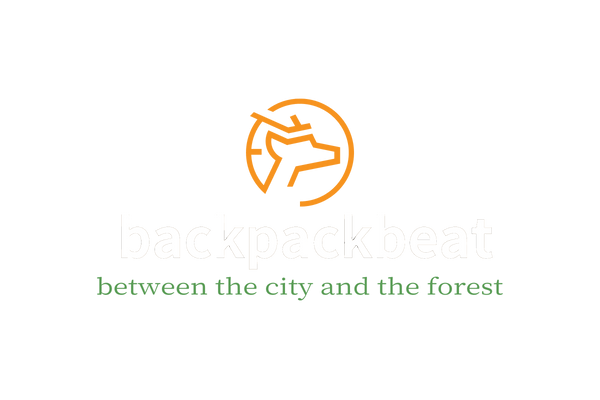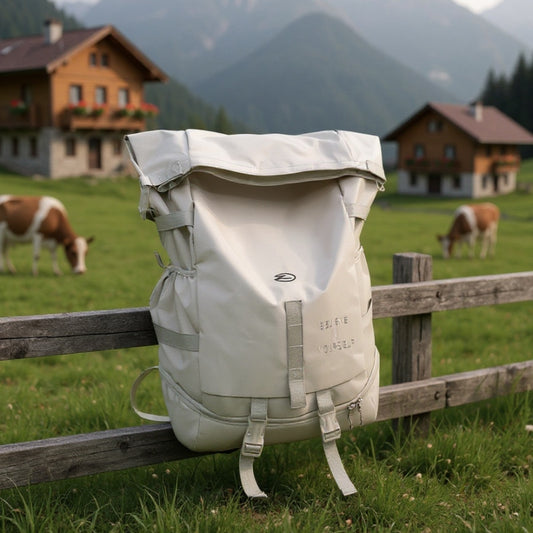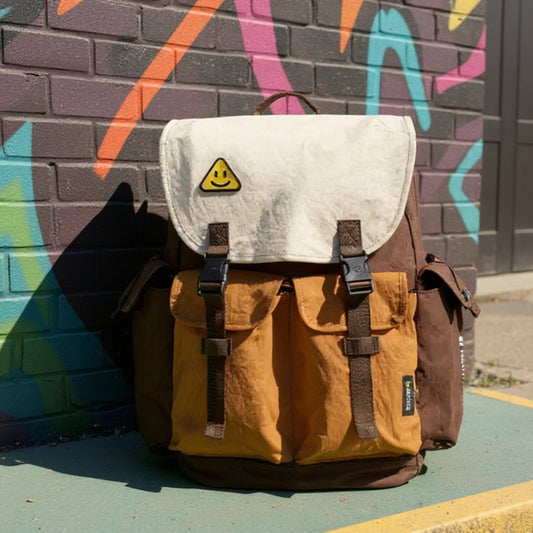What I Pack in My Travel Backpack: 8 Travelers Share Their One Essential
Share
Reading Time: 6 minutes
"What's the one thing in your backpack you'd never travel without?"
We asked this question to travelers from around the world—weekend adventurers, digital nomads, and 10-year veterans who've crossed more time zones than most people cross state lines. Their answers weren't what we expected.
It's not about having the longest packing list. It's about knowing what you'll regret not packing when you're standing in a Tokyo airport at 2 AM, or caught in a Philippine typhoon, or dealing with a screaming baby on an 11-hour flight.
These aren't Instagram-perfect travel tips. These are hard-earned lessons from people who learned the expensive way—so you don't have to.
Let's hear what they pack, and why it matters.

The Things Travelers Wish They Knew Earlier
These aren't generic "pack a toothbrush" tips. These are the items that saved someone's trip—or the ones they swore they'd never forget after learning the hard way.
Gie (USA) - Noise-Canceling Headphones
"Ten years ago, I took a flight from Chicago to Haneda with a crying baby next to me for over 10 hours. Trust me, I'll never make that mistake again. Noise-canceling headphones are non-negotiable in my carry-on now."
Noisy hostels, crying kids in airports, that person on the train who won't stop talking—quality headphones are your escape route.

Julie - Power Bank (The Good Kind)
"A good power bank is essential! Don't cheap out on these! Keep it in your travel backpack at all times!"
Dead phone abroad = no maps, no boarding pass, no way to call anyone. A 20,000mAh power bank recharges your phone 4-5 times.

Niagara - Digital Passport Backup
"Take photos of your passport and driver's license, then email them to yourself. If you lose either, you have a backup to print or show. Send copies to a trusted friend too. Many EU countries legally require you to carry your passport at all times."
Losing your passport turns a vacation into a bureaucratic nightmare. A digital backup takes 30 seconds. Do it before you leave.
Vivien - Over-the-Counter Medications
"Always bring your own OTC meds!!!! Medications you can grab at any US drugstore aren't sold in supermarkets in many European countries. If you feel unwell in the middle of the night, being able to grab your paracetamol or Imodium is a lifesaver!"
Pharmacy hours vary by country. Some require prescriptions for basics. Pack your own pain relievers, anti-diarrhea tablets, and antihistamines.

Luke - Backpack Rain Cover
"If you're backpacking, a small rain cover is a lifesaver. I got caught in a typhoon in the Philippines, and it kept me dry while my stuff stayed protected."
Even "water-resistant" backpacks have limits. A $12 rain cover protects hundreds of dollars of electronics.
Ben - Pack Light + Rash Guard
Going to the Philippines? Go as light as possible. Getting on and off boats with an ultralight backpack setup in 80% humidity makes all the difference. Also, get a rash guard—sunscreen washes off when you snorkel!
Lightweight travel backpacks give you mobility. A rash guard prevents painful sunburn where sunscreen washes off.
Cici - Mirrorless Camera
"My mirrorless camera is always in my lightweight waterproof backpack! Spending a day walking around taking photos makes me engage more deeply with the city. Camera photos feel more satisfying and detailed than smartphone shots."
A dedicated camera makes you see differently—and captures moments phones can't match, especially in low light.

Bing - Business Class Seat
"A business class seat. Frequency may vary depending on current bank account."
Sometimes the best travel essential is not arriving exhausted. (We can dream, right?)
The 10-Year Traveler's Choice: One Backpack for All of This
After hearing from Gie, Julie, Niagara, Vivien, Luke, Ben, Cici, and even Bing's business class dreams, here's the question: what backpack actually fits all of this?
Sarah (longtime traveler):
"I've gone through multiple travel backpacks over the years—some too heavy, some poorly organized, some that couldn't handle weather. Here's what I learned: you don't need the most expensive, but you absolutely need lightweight, water-resistant, and organized.
My current go-to? The Backpackbeat 7705 25L. It fits everything the others mentioned—Gie's headphones in the quick-access pocket, Julie's power bank in the padded laptop sleeve, Vivien's meds in the side compartments, Cici's camera protected in the main section. Luke's rain cover? I don't even need one because the water-repellent canvas handles light rain.
Weight? Light enough that I'm not exhausted before exploring starts.
Capacity? 25L means I pack for a long weekend or a week without checking bags.
Durability? Years of use across different climates, still looks solid."
Why the 7705 Works for Real Travel:
Gie's noise-canceling headphones → Four external pockets mean quick access without digging through everything.
Julie's power bank → Padded laptop compartment keeps electronics secure and separated.
Niagara's passport → Internal organization pockets for documents you need fast.
Vivien's medications → Side pockets for instant access when you need them at 3 AM.
Luke's rain protection → Water-repellent canvas with water-resistant zippers—no extra cover needed for sudden drizzles.
Ben's lightweight philosophy → Built for mobility, not bulk. Easy on your shoulders during long days.
Cici's camera → Padded main compartment protects gear without adding weight.
The best travel backpack isn't the one with the most features. It's the one that disappears into your routine—light enough to forget you're wearing it, protective enough that you stop worrying about your stuff, organized enough that you're not digging for keys at airport security.
That's what the 7705 does. 25L. Water-resistant. Built for the way people actually travel.

How Experienced Travelers Actually Pack a 25L Backpack
After talking to frequent travelers and testing different packing methods, here's the system that consistently works best for short trips with limited space.
The Layer Method (Bottom to Top)
Bottom Layer - Heavy & Least-Used
- Shoes (stuff socks inside to save space)
- Toiletry bag
- Extra outfit
Middle Layer - Daily Essentials
- Rolled clothing (reduces wrinkles, saves 30% more space than folding)
- Medications in ziplock bag
- Camera or tech accessories
Top Layer - Quick Access
- Rain jacket
- Snacks
- Water bottle (goes in side pocket)
Separate Compartments
- Laptop sleeve: electronics + passport + power bank
- External pockets: phone, headphones, keys, wallet
Why This Works:
Heavy items at the bottom = better weight distribution on your back. Quick-access items at top = no unpacking at airport security. Separate compartments = you're not digging through dirty clothes to find your charger.

Traveler-Tested Tips:
- Roll clothes, don't fold (standard backpacker technique)
- Wear your bulkiest items on travel day (jacket, heaviest shoes)
- Pack one versatile outfit that works multiple ways
- Bring laundry soap sheets = re-wear everything
The right travel backpack makes this system actually work—water-resistant fabric, organized pockets, and lightweight design that doesn't add bulk before you even start packing.




